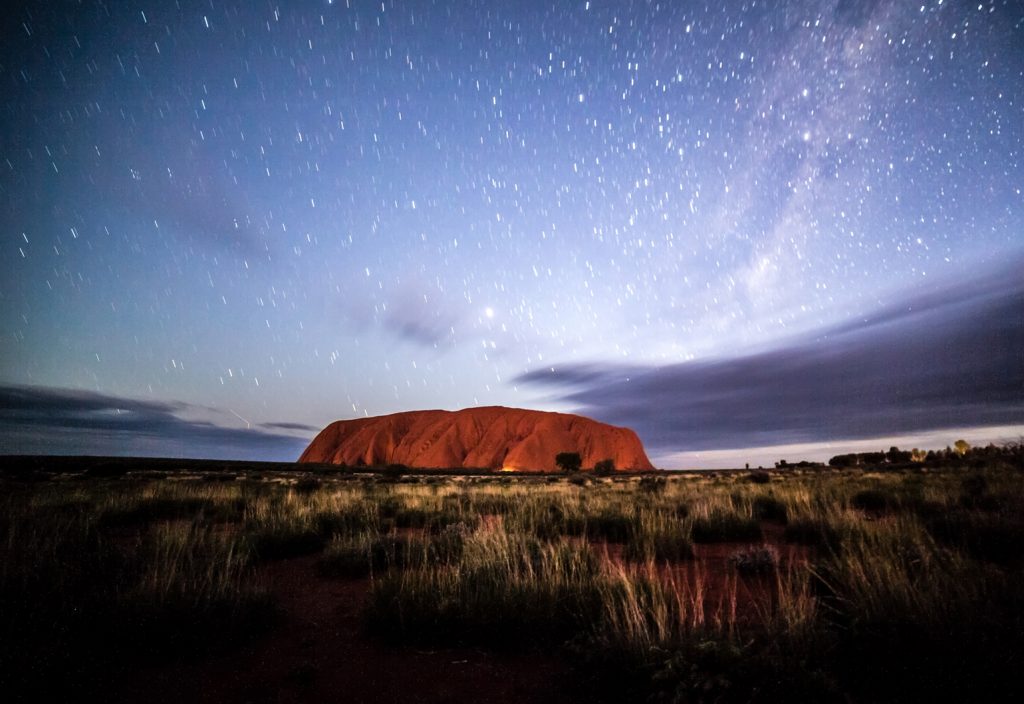The Australian Space Agency (ASA) is just 10 weeks old, but its future was the topic of a lively discussion at the closing panel of this year’s Australian Engineering Conference.
Deputy head of the ASA Anthony Murfett said the new agency was set up following a review that found the current size of the sector was $3.9 billion, and it employed 10,000 people. The ASA, however, hopes to increase that to a $12 billion sector that employs twice as many workers.
“The beautiful thing about having a small agency is we can run between the feet of giants,” Murfett said.
“This is the opportunity that is there and a great opportunity for us to really punch above our weight.”
Opportunities to think bigger
However, Warwick Holmes, Executive Director of Space Engineering at the University of Sydney, challenged the new agency to think big.
“My major, major concern, watching the evolution of the Australian Space Agency, is in fact the emphasis on CubeSats,” he said.
“Our opportunities lie in much larger engineering here in Australia.”
He said shoebox-sized CubeSats have a high rate of failure, and that, in terms of the quality and volume of data, all CubeSats launched by Australia had failed.
“I’ve got a proposal that I’d like to bring to the Australian Space Agency at some stage: to try to build the SBAS augmentation satellite in Australia,” he said.
An SBAS – satellite-based augmentation system – is used for GPS technology, and improvements promise to increase the accuracy of these satellites from 5 m on the ground to 10 cm, with even better accuracy in cities.
“My emphasis for the Australian Space Agency and for the industry companies that want to develop in Australia would be to focus on a minimum size of half a metre to one cubic metre,” Holmes said.
Murfett, however, said the ASA needed to make the sector sustainable, noting that it was a partner and facilitator that needed support and investment from the wider space industry.
“The beauty of CubeSats is that it gets people engaged in space,” he said.
“It’s an access to understanding the first parts of the technology.”
“I’m being a bit controversial,” Holmes acknowledged, recognising that the ASA was starting “essentially from zero”.
“We can start from the top though,” he said.
“We don’t have to go through that learning process of reinventing the wheel.”
Forging connections
Holmes also said Australia should collaborate closely with the European Space Agency. Unlike NASA, he said, “When you join, they don’t hide things from member states. All member states see everything”.
“I absolutely agree partnerships are essential for Australia,” Murfett said.
“If we’re going to grow, we’ve got to learn from the best, and that’s what we’re doing. We need to engage with people and show them that Australia can do this and be a leader. It’s about connecting with the mums and dads, connecting with the people.”
Roger Franzen, Earthspace Consultant and Technical Advisor, Shoal Engineering, agreed that public engagement was an important part of the ASA’s work.
“I’m an engineer; I’ve spent my life hooked on the space drug,” he said.
“From my perspective, we do have to build equipment because that’s how you get other engineers hooked on the same drug.”
It was important for Australia to achieve successful projects, he said.
“Success breeds success. If we treat each project as a ‘she’ll be right, mate’, that’s not good enough,” Franzen said.
Areas of expertise
William E Barrett, Senior Vice President, Asia Pacific Aerospace Consultants, said Australia’s expertise with dealing with remote environments, such as in the mining industry, could have advantages in space.
“We’re there at an amazing time, because we’re on the cusp of really some major changes in space,” he said.
“Previously, people talked about living and working in space — that was a bit of a pipe dream. It was recognised that maybe that could happen, but with a lot of the new developments in recent times, it is very much starting to become a reality.”
Franzen said the ASA was critically important, and urged it to implement policies and national strategies about Australia’s space work.
“I’ve had the opportunity of seeing so many brilliant ideas in this country conceived and then lost because we didn’t have a coordinated central approach to our objectives,” he said.
And what does it mean that Australia now does have its own space agency?
“Excuse the colloquialism, but it’s about bloody time,” Franzen said.
